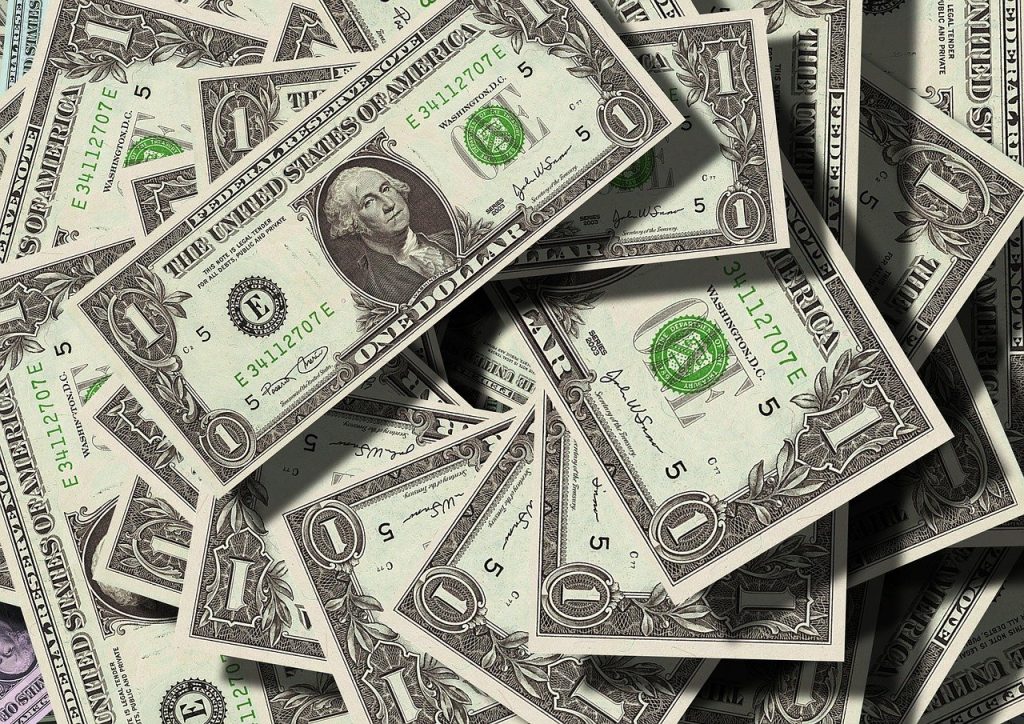Dollar Remains Flat as Traders Wait for US Data

On Thursday, the US dollar mostly remained flat against the euro and other currencies, while the British pound was holding onto its gains after Prime Minister Boris Johnson announced that he was resigning.
US data in focus
Investors are gearing up for US jobs data for June, which is due for release on Friday, while next week will see consumer price data. The latter will shed light on the pace of inflation and will likely have an impact on the US Federal Reserve’s decision to hike interest rates in their next meeting, scheduled for July 26th to July 27th.
Market analysts said that the inflation data coming next week will be priced into the July meeting of the Fed. It is expected that the inflation numbers are going to be elevated. Furthermore, the nonfarm payroll data is also relevant because the strength of these numbers will tell how fast wages are rising.
It is also important to note that the US central bank does not seem to be as encumbered as the rest of the central banks out there. Analysts said that this shows that the US dollar will continue to remain strong.
The US dollar
There was a 0.047% decline in the US dollar index, which measures the value of the currency against six of its peers. The index had hit a peak of 107.27 on Wednesday, a level it had not reached since 2002. There was a 0.07% fall in the euro, which came down to $1.0176. On Wednesday, the single currency had come down to a low of two decades at 1.01615.
Investors are assessing the risks of an economic recession and whether central banks will hit a pause in their interest rate hikes because global demand is now under pressure. The GDPNow model of the Atlanta Fed estimates that the second quarter’s adjusted GDP growth came down to -2.1%.
The market also remains nervous with investors contemplating the parity between the dollar and the euro, as implied volatility was at 11.2%, which is the highest it has been since March 2020. Analysts said that parity between the two currencies was now in reach and markets now wish to see it.
Other currencies
Currencies linked to commodities saw some strength, thanks to the rising prices of copper. On Thursday, there was an inflow of customers in the market, after the red metal had come down to its lowest level in almost 20 months due to increased fears of recession.
There was a 0.7% rise in the Australian dollar, which hit 0.6830 against the greenback, after it had come down to 0.6762, which is its lowest value since June 2020. The dollar also went 0.2% up against the Swiss franc, as the latter came down from its high of seven weeks, and was trading at 0.9727.
Sterling also appreciated by 0.62%, after Johnson announced his resignation, and was trading at $1.1993. According to analysts, the pound was responding to broader economic growth concerns and not to the political turmoil in Britain.







